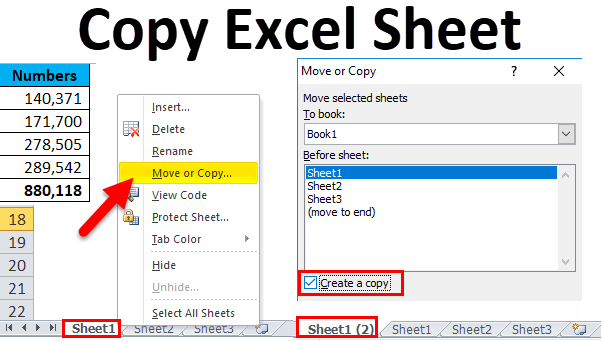3 Easy Steps to Calculate Mean in Excel

In the age of data-driven decision making, the ability to calculate basic statistical measures like the mean can be incredibly valuable. Whether you're a student, a business analyst, or a curious individual trying to make sense of numbers, knowing how to use Excel to do this calculation efficiently can save you a significant amount of time and effort. Here’s a step-by-step guide on how to calculate the mean in Excel using three simple steps.
Step 1: Data Entry

Before you can calculate any statistics, you need to have your data set up in Excel. Here's what to do:
- Open Microsoft Excel: Start by opening a new or existing workbook.
- Enter Your Data: In a column or row, enter your data points. For this tutorial, let's assume your data is in cells A1 through A10.
- Click on the cell: Choose the cell where you want the mean to be displayed, say, cell B1.
- Type the Function: In the formula bar, type or insert the following function:
=AVERAGE(A1:A10) - Press Enter: Excel will calculate the mean of the cells in range A1 through A10 and display the result in B1.
- Check Formula: Double-click on the cell where you have the mean displayed to view the formula in the formula bar. It should reflect the range you intended to calculate from.
- Use Alternative Methods: For verification, you can use the SUM and COUNT functions as well:
- Sum all values with
=SUM(A1:A10) - Count the number of values with
=COUNT(A1:A10) - Divide the sum by the count to get the mean manually:
=SUM(A1:A10)/COUNT(A1:A10)
- Sum all values with
- Spot Check: If you have a small dataset, spot-checking the calculation manually can also be beneficial.
📝 Note: Ensure that you do not leave any blank cells within your data range if your dataset is meant to be continuous. Excel will stop calculating the mean at the first blank cell it encounters.
Step 2: Use the AVERAGE Function

Excel provides built-in functions to calculate the mean, known as the AVERAGE function. Here’s how to apply it:
⚠️ Note: If there are any non-numeric values or errors in your selected range, Excel will ignore them when calculating the mean.
Step 3: Verify Your Result

To ensure your calculation is correct, here are some additional steps:
By following these steps, you've successfully calculated the mean of your dataset in Excel, which is often a key step in data analysis and interpretation. The ability to compute basic statistics like the mean efficiently allows you to move on to more complex analysis, predictions, or presentations with the confidence that your data is accurately summarized.
As you continue to work with Excel, you might find that understanding how to manipulate and analyze data effectively becomes second nature. With this foundational knowledge of calculating the mean, you're well on your way to mastering Excel's vast array of analytical tools, opening up numerous possibilities for data-driven insights across various fields.
Can Excel calculate the mean of non-contiguous cells?

+
Yes, Excel can calculate the mean of non-contiguous cells. You just need to use the AVERAGE function and separate cell references with a comma. For example: =AVERAGE(A1, B3, C5)
What happens if my data includes blank cells, text, or errors?

+
Excel will ignore blank cells and text when calculating the mean with the AVERAGE function. However, if there are errors in the range, the result will be an error as well unless you use specific functions like AVERAGEIF or AVERAGEIFS to exclude errors.
Can I calculate the mean of conditional ranges in Excel?

+
Yes, Excel allows for conditional mean calculations using functions like AVERAGEIF or AVERAGEIFS. These functions let you specify criteria for which cells to include in the mean calculation.



